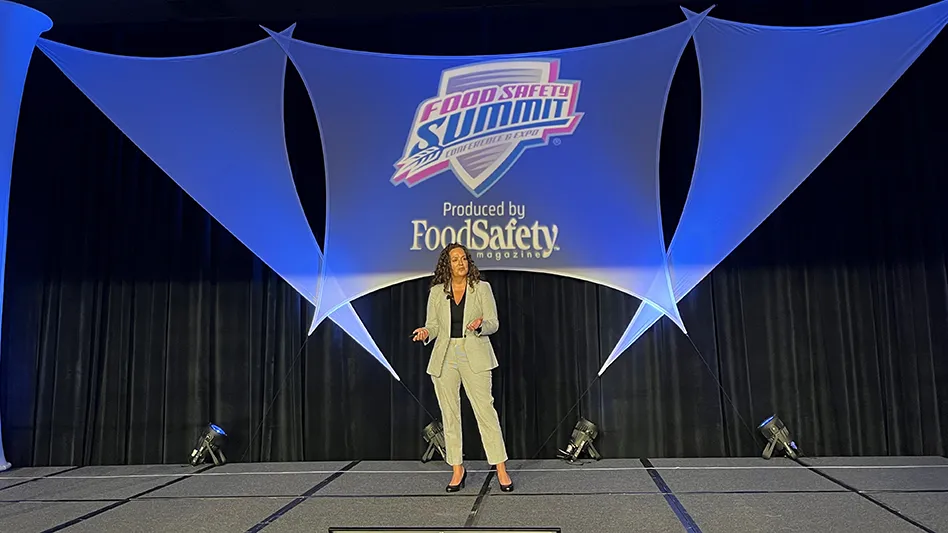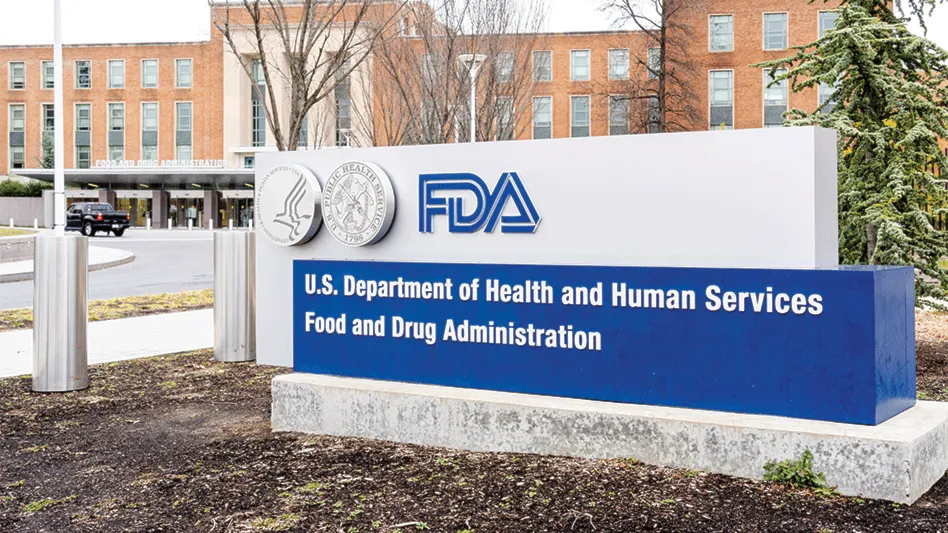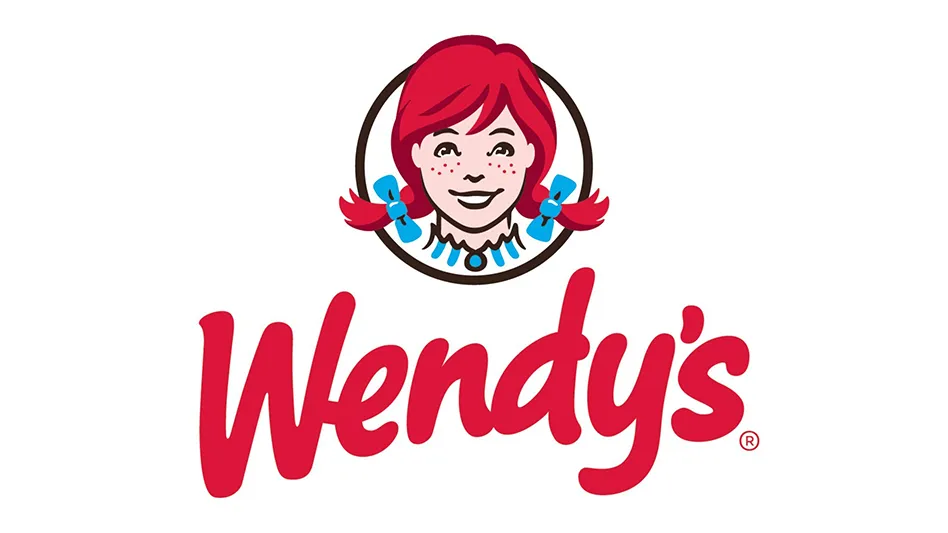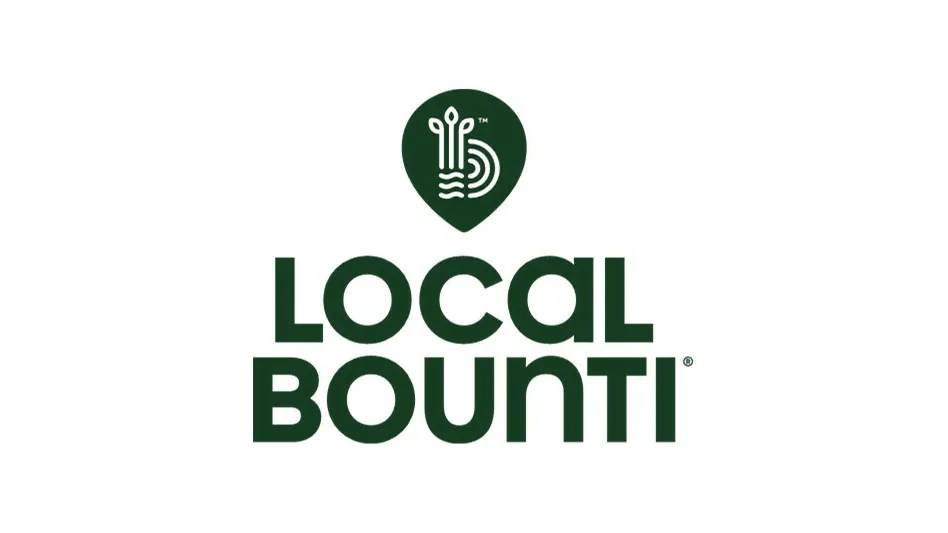Q. We understand the importance and concern for roof leaks in a food facility. Sometimes we find roof leaks in our building and we’re wondering what steps we should take when these are discovered.
A. Most facilities have encountered a roof leak at one time or another. They are a common concern in food manufacturing facilities and warehouses. The first and most important step is to determine if any products, ingredients, packaging materials, production equipment, tools, or other sensitive areas were impacted by the roof leak. If so, the materials in that area must be placed on hold and appropriate corrective action taken. Most situations will require those materials to be destroyed. It is also important to determine when the leak may have started. All materials and products produced back to the time of the leak must also be accounted for and appropriate actions taken.
Once this is done, the area around the leak should be quarantined. Before any cleaning activities begin, the leak must be controlled. Many companies have specialized catch tarps or roof-leak diverters to contain the leak until it can be permanently corrected. These catch tarps must be installed to ensure they fully contain the leak. The tarps are typically suspended from the ceiling with bungee cords. A hose is then connected to a garden-style fitting that is welded into the center of the tarp. This allows the water to be collected and directed into a hose to safely move the water to a floor drain or collection container. These catch tarps or roof-leak diverters are available from various product supply companies or some home improvement centers.
Once the leak is fully contained, the area must be completely cleaned and sanitized to ensure any contaminants are removed from the surfaces, equipment, tools, etc. It is a good idea to also conduct environmental testing to ensure no bacteria is present after the cleaning and sanitizing is completed.
When all of these activities have been completed, the food safety team should evaluate the area and determine if the risk of further contamination has been eliminated before activities resume. A work order should be submitted during this process to ensure that appropriate permanent corrective repairs are made.
Facilities should be conducting regular inspections of the ceiling to identify any possible leaks. Roof inspections also should be conducted regularly to determine if roof drains are plugged, areas of standing water are present on the roof, and gutters and down spouts are clean and free of debris to allow for proper removal of water from the roof.
Roof leaks are a significant concern for the food industry, and all efforts should be made to prevent them. However, if a leak does occur, the facility should have a plan and tools in place to deal with it immediately and ensure that no product that may have been jeopardized is released.
Do you have a question for Lance Reeve? If so, e-mail him at lreeve@aibonline.org.
Latest from Quality Assurance & Food Safety
- University of Pretoria Food Science Student Wins IFT and PepsiCo’s Academic and Travel Undergraduate Hybrid Scholarship
- Kraft Natural Cheese and Shawn Johnson East Celebrate Launch of Kraft Signature Shreds
- Natural Sourcing International Announces Voluntary Recall of Black Chia Seeds
- PTNPA's DC Fly-In Connects Members with Policymakers
- Breck Partners Acquires NPX One
- Agilent Technologies and ICAR-National Research Centre for Grapes Partner to Enhance Food Safety Standards
- USDA, HHS Announce New Actions to Reduce Impact and Spread of H5N1
- Cornell Dairy Foods Extension Offers Membrane Processing Workshop





